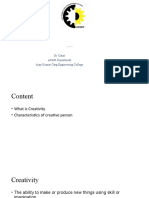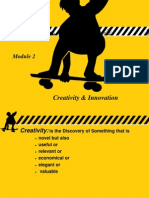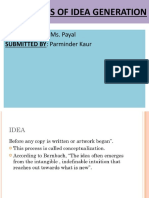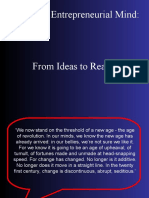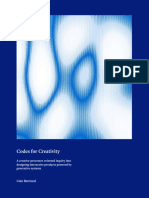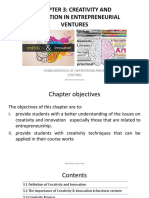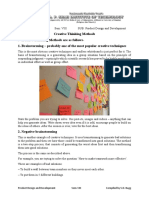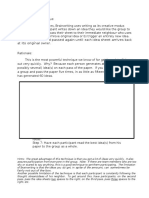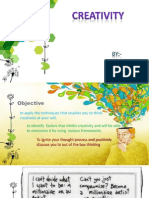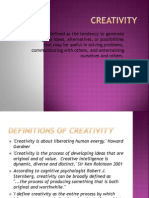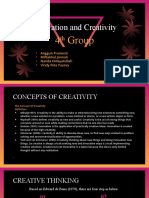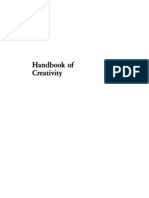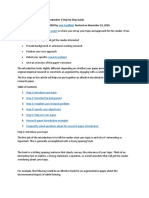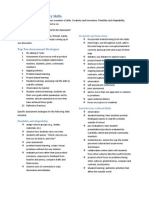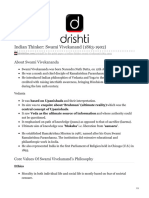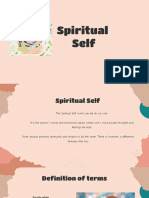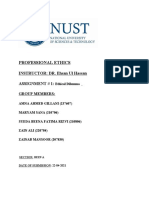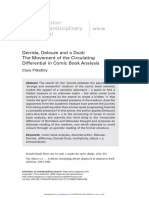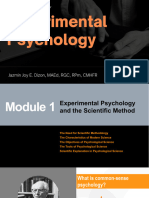0% found this document useful (0 votes)
242 views115 pagesModule 1 - Creativity
This document discusses creativity and thinking. It covers the nature of creativity including concepts of thinking, the creative person, process, environment and product. It discusses Edward de Bono's thinking system and techniques for developing creativity like brainstorming using SCAMPER, lateral thinking, attribute listing and matrix analysis. The document provides examples of unconventional problem solving, visualization exercises and tools to develop creative thinking skills.
Uploaded by
Bai Courtney Love AkmadCopyright
© © All Rights Reserved
We take content rights seriously. If you suspect this is your content, claim it here.
Available Formats
Download as PDF, TXT or read online on Scribd
0% found this document useful (0 votes)
242 views115 pagesModule 1 - Creativity
This document discusses creativity and thinking. It covers the nature of creativity including concepts of thinking, the creative person, process, environment and product. It discusses Edward de Bono's thinking system and techniques for developing creativity like brainstorming using SCAMPER, lateral thinking, attribute listing and matrix analysis. The document provides examples of unconventional problem solving, visualization exercises and tools to develop creative thinking skills.
Uploaded by
Bai Courtney Love AkmadCopyright
© © All Rights Reserved
We take content rights seriously. If you suspect this is your content, claim it here.
Available Formats
Download as PDF, TXT or read online on Scribd
/ 115


